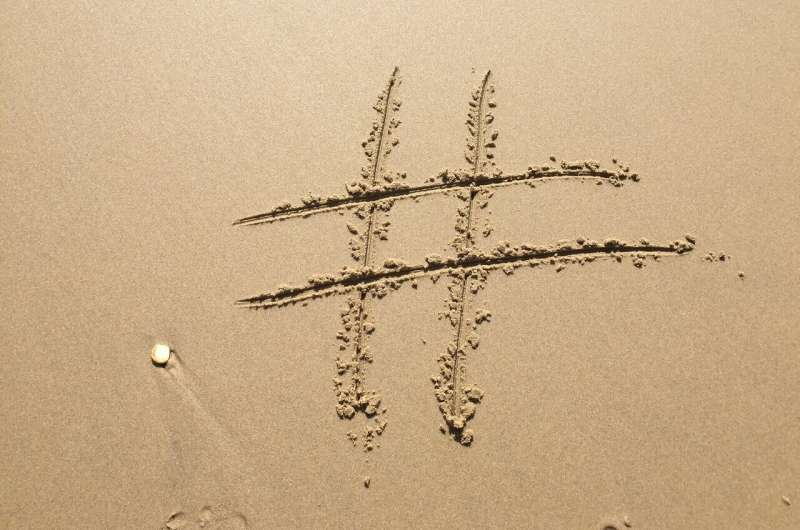
As the debate over social media’s oversized influence on children rages, new research from the University of Georgia suggests another online hazard is growing: self-injury posts on Instagram.
Researchers found that posts with hashtags related to self-injury rose from between 58,000 to 68,000 at the start of 2018 to more than 110,000 in December.
Self-injury or self-harm is defined as deliberately hurting your own body. Some prime examples are cutting or burning one’s skin. It’s a dangerous way that some people use to cope with emotional pain, intense anger and frustration.
It’s become such a problem that some social media platforms have policies and will take down content glorifying self-injury. But, in many cases, those posts have to be reported first.
“I jumped on Instagram yesterday and wanted to see how fast I could get to a graphic image with blood, obvious self-harm or a weapon involved,” said Amanda Giordano, lead author of the study and an associate professor in the Mary Frances Early College of Education. “It took me about a minute and a half.”
Prior research shows that globally about 17% of adolescents have intentionally hurt themselves at some point in their lives. Almost one out of every six in the U.S. engaged in self-harm in the previous year. The average age for beginning to experiment with self-injury is 12. But by that age, children have likely already been exposed to self-harm content, with the average age of first exposure around 10 or 11 years old.
With its move to online forums, users can post tips about the best body parts to cut to avoid detection and how to clean injuries. For adolescents and others already struggling with mental health concerns, these posts can be triggering.
“Kids are seeing it. They are being exposed to it either in movies or online before they engage in the behavior themselves,” said Giordano, who is based in the Department of Counseling and Human Development Services. “That’s why it’s really important for caregivers to be aware of when and how their children are using the internet.”
Working around Instagram’s censorship policies on self-harm content
Published in the International Journal for the Advancement of Counselling, the study found a total of more than 1.2 million Instagram posts over the study period that contained one of five popular hashtags related to self-injury: #cutting, #selfharm, #selfharmmm, #hatemyself and #selfharmawareness.
Three out of the five—#selfharm, #hatemyself and #selfharmawareness—showed a significant jump in usage over the study period. The hashtag #selfharm went from being virtually unused at the beginning of the study to more than 45,000 posts in one month by the end of the year. #hatemyself and #selfharmawareness both saw an increase of about 3,000 posts by the end of the year. #cutting remained the most stable hashtag associated with self-injury, with an average of around 50,000 posts per month.
Only the #selfharmmm hashtag showed decreasing usage. But that’s not necessarily an encouraging sign.
Users are likely just finding easy workarounds to avoid the platform’s censorship policies.
“The only thing I needed to do to reach graphic images was misspell self-harm in a hashtag,” Giordano said. “I just removed the F and added a few M’s (selharmmm) and very quickly was brought to images of cuts on someone’s forearms.”
Connection between self-injury, depression and suicide
The researchers also found that users tagging their posts with self-injury-related hashtags frequently also used hashtags associated with suicide, depression, eating disorders and feelings of general mental distress.
For most who self-injure, harming themselves is a form of emotional catharsis or a coping mechanism. They’re not trying to kill themselves; they’re trying to regulate their emotions.
But the connection between hashtags about self-harm and suicide and depression stands out to Giordano.
“They’re distinct concepts—suicidal behavior has the intent to die, and nonsuicidal self-injury often is used as a coping strategy,” she said. “If someone is in a lot of psychological pain and they’re trying to cope with self-injury, that’s not an effective solution. And long term that puts them at risk for suicidal ideation or potential suicide attempts.
“If we can teach emotion regulation skills and help individuals identify, label and express their emotions and cope with life’s adversities in effective ways, that could help prevent someone from engaging in self-injury.”
For parents, this likely means more monitoring of their children’s time online, taking time to maintain communication about what they see on social media, and openly discussing mental health.
Source: Read Full Article
